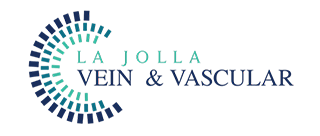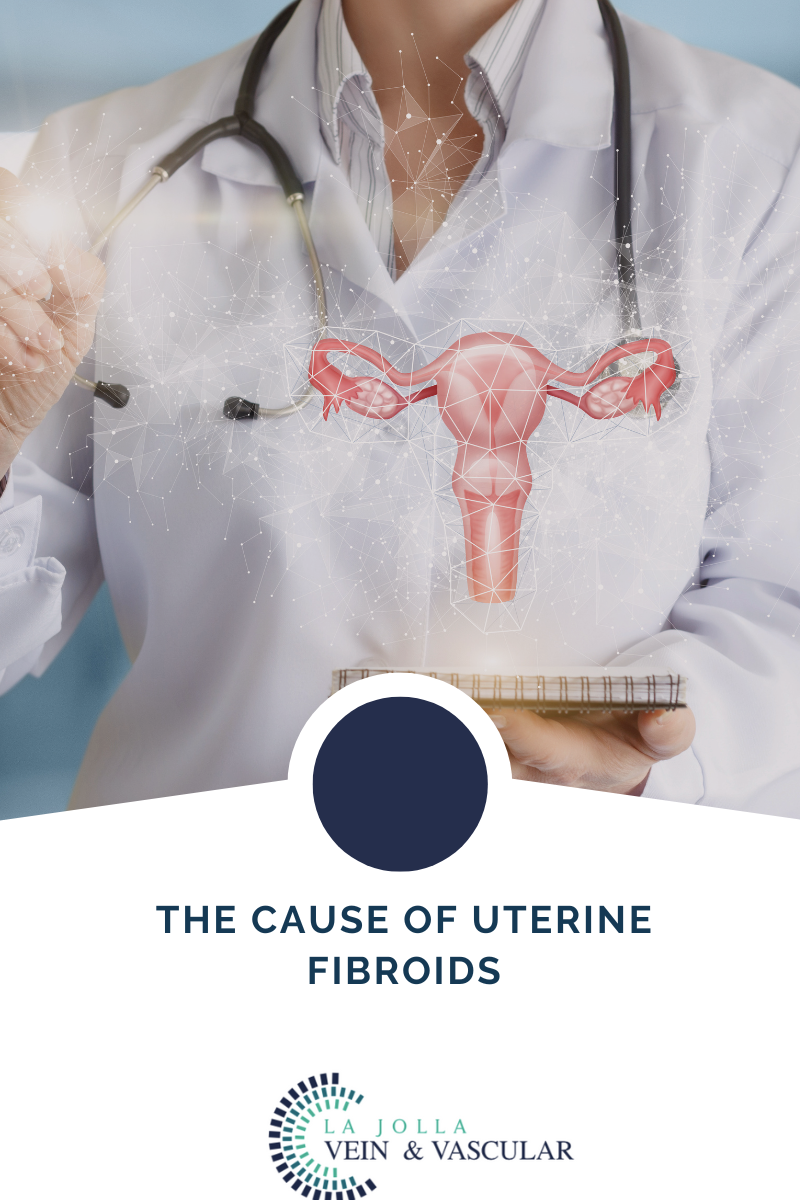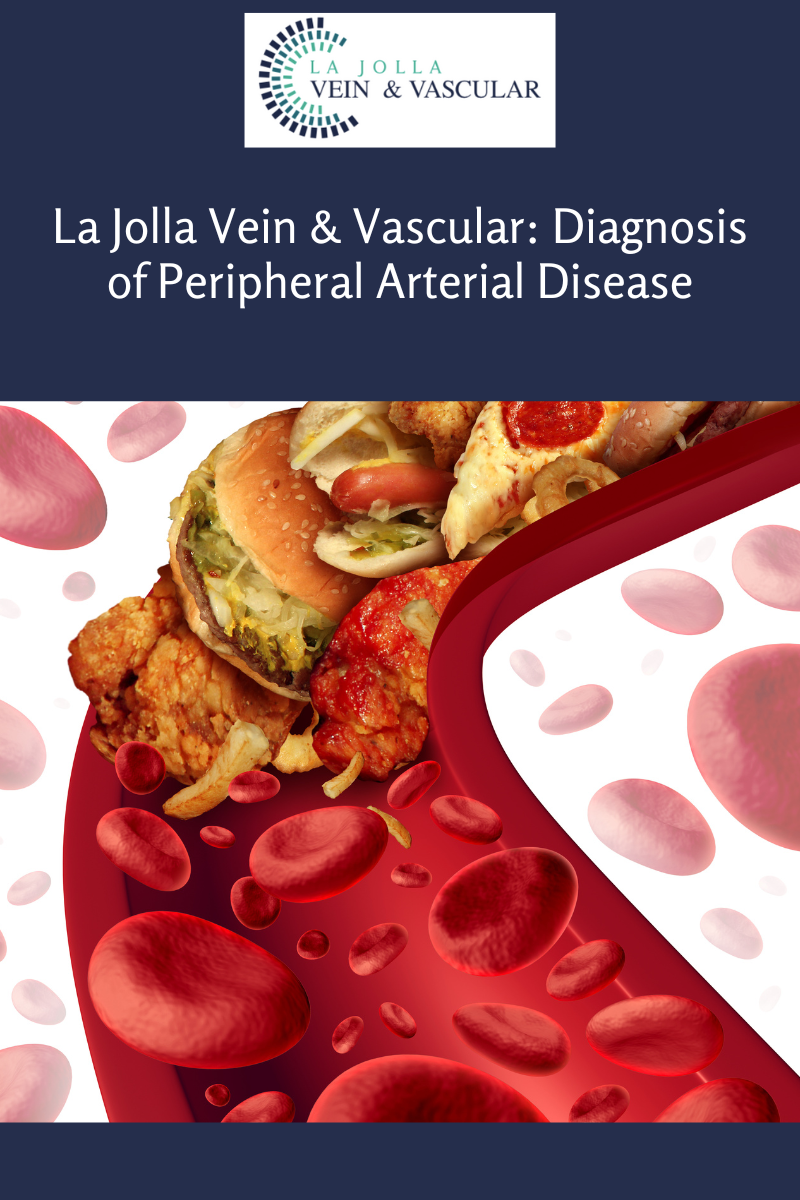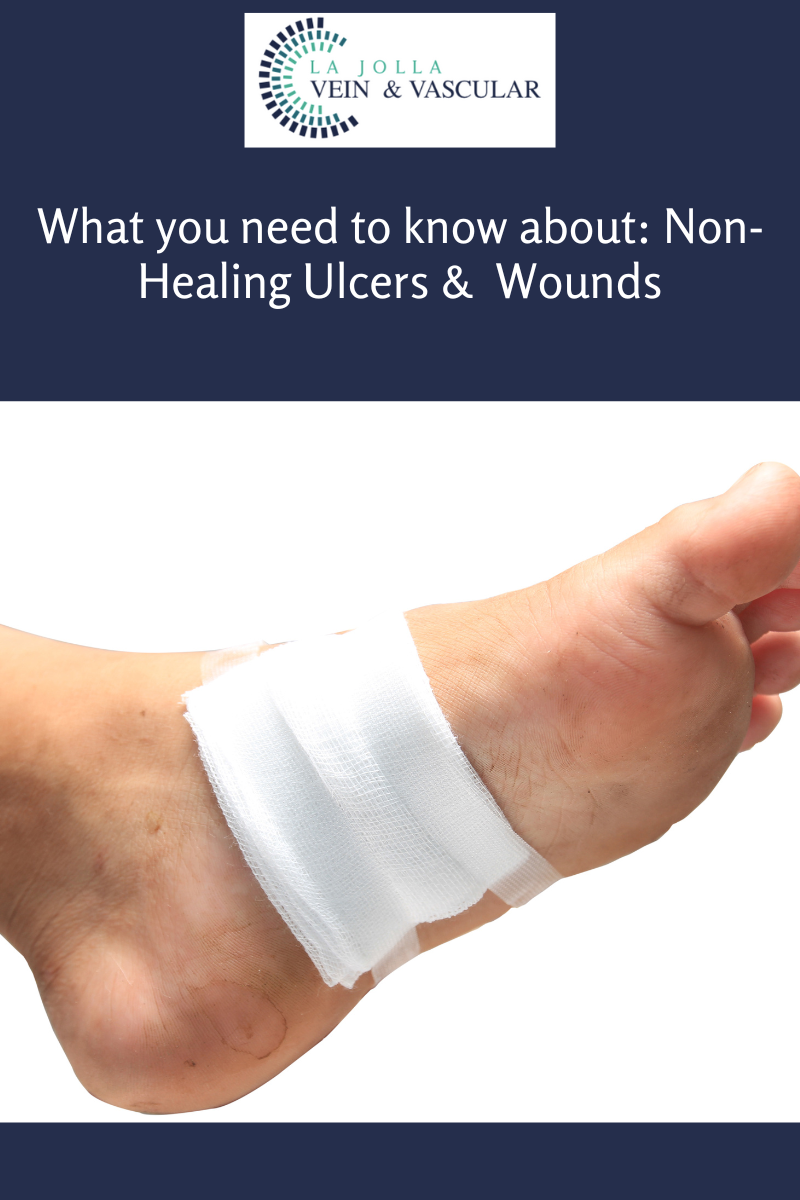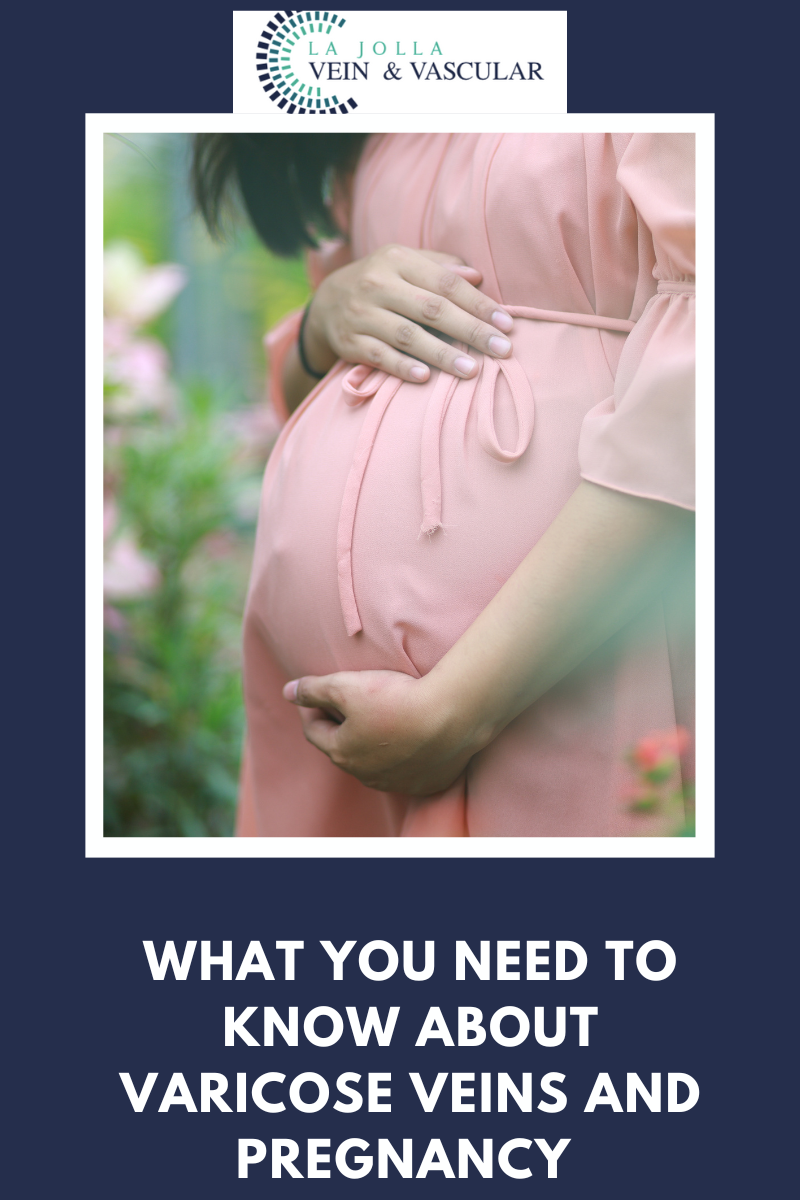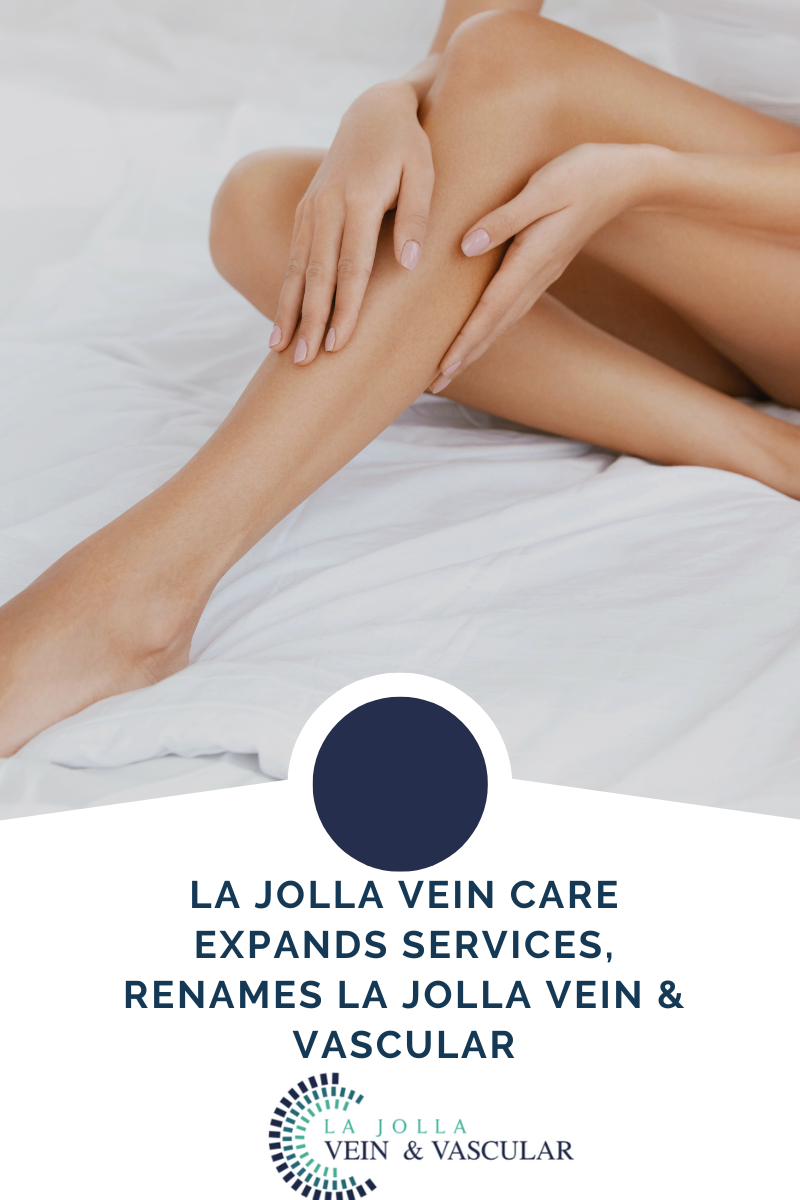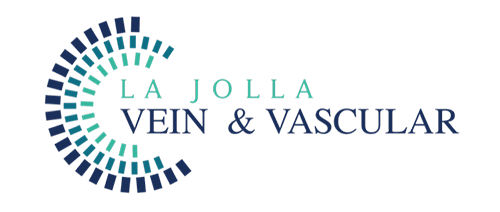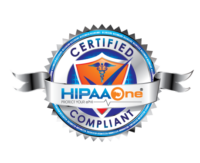Risk Factors of Developing Uterine Fibroids
LJVascular2022-08-18T16:57:50-07:00Who is at Risk of Developing Uterine Fibroids?
There are certain natural circumstances, habits, and lifestyle choices that have been shown to come with an increased chance of developing uterine fibroids, as follow:
Research indicates that women of African American ethnicity […]
